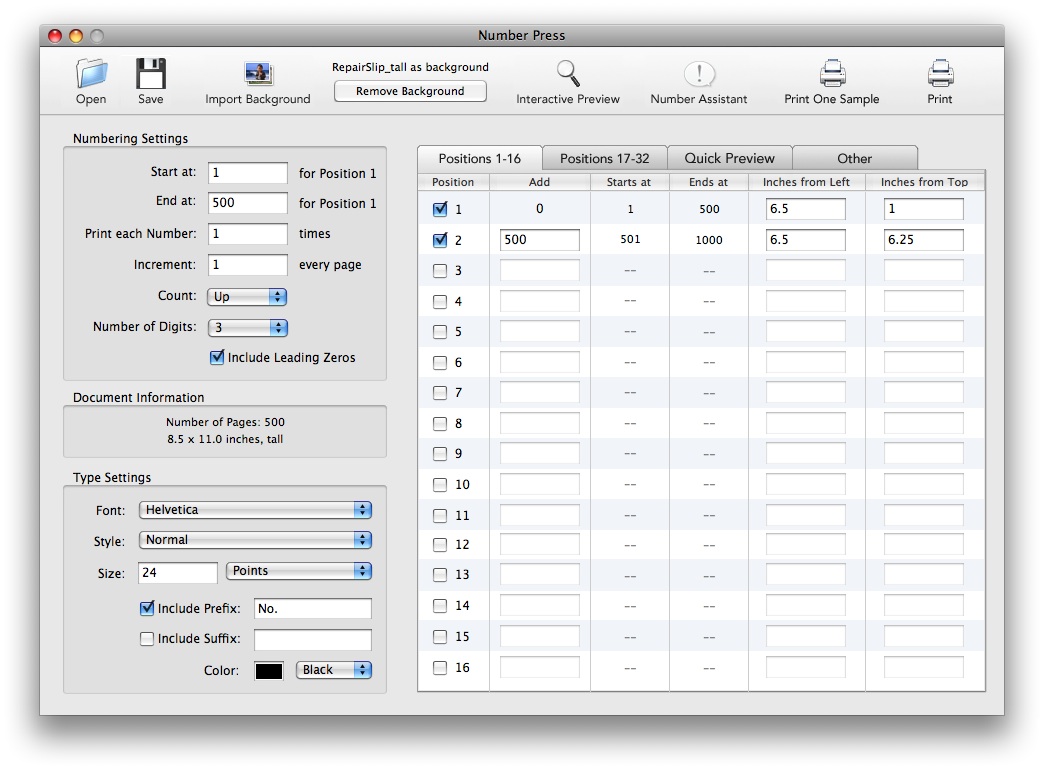

Key to the clustering is the identification of relevant FC pattern changes. Moreover, using an unsupervised clustering technique that ignores the existing patient labels, the obtained categories and subtypes may differ from the symptom-based categories and subtypes and may account for the large heterogeneity in symptoms, disease courses and treatment responses encountered within the existing categories and subtypes (e.g., Alzheimer’s disease and frontotemporal dementia).

In particular, each obtained patient cluster may represent a distinct mental disorder/subtype. As such, these FC pattern changes can be used to cluster patients and to identify the corresponding distinct mental disorder categories and subtypes.

2.1) to be related to various neuropsychiatric diseases-and subtypes therein-such as depression and dementia (Greicius et al. These changes in FC have been demonstrated (see Sect. Relevant brain dysfunctions in this regard are the changes in functional connectivity (FC), where FC refers to the synchronized activity over time of spatially distributed brain regions (Barkhof et al. For example, a promising trend in clinical neuropsychology is to categorize (and subtype) mental disorders based on brain dysfunctions instead of on symptom profiles (only) (see Sect. Nowadays, several research questions in neuroscientific studies call for a clustering of subjects based on high-dimensional-big-brain data. Additionally, the good performance of the proposed two-step procedure using ICA and Ward’s hierarchical clustering is illustrated in an empirical fMRI data set regarding dementia patients. Moreover, the proposed two-step procedure appears to recover the underlying clustering better than (1) a two-step procedure that combines PCA with clustering and (2) Clusterwise SCA-ECP, which performs PCA and clustering in a simultaneous fashion. An extensive simulation study demonstrated that performing ICA before clustering enhances the cluster recovery and that hierarchical clustering using Ward’s method outperforms complete linkage hierarchical clustering, Affinity Propagation and Partitioning Around Medoids. As some clustering methods used operate on similarity data, the modified RV-coefficient is adopted to compute the similarity between patient specific FC patterns. Therefore, a two-step procedure is proposed where, first, ICA is applied to each patient’s fMRI data and, next, a clustering algorithm is used to cluster the patients into homogeneous groups in terms of FC patterns. However, due to the three-way nature and huge size of fMRI data, classical (two-way) clustering methods are inadequate to cluster patients based on these FC patterns. To this end, researchers collect three-way fMRI data measuring neural activation over time for different patients at several brain locations and apply Independent Component Analysis (ICA) to extract FC patterns from the data. As changes in functional connectivity (FC) patterns have been demonstrated to be associated with various mental disorders, one appealing approach in this regard is to cluster patients based on similarities and differences in FC patterns. In neuroscience, clustering subjects based on brain dysfunctions is a promising avenue to subtype mental disorders as it may enhance the development of a brain-based categorization system for mental disorders that transcends and is biologically more valid than current symptom-based categorization systems.


 0 kommentar(er)
0 kommentar(er)
